Informal City: 2 Days To Go!
The International Summer School Informal City: Temporal-Autonomous Utopias opens up topics on how the transformation of the system over the past thirty years has affected changing patterns of behaviour, values, and beliefs about living and understanding cities on the case study of Koper, Slovenia.
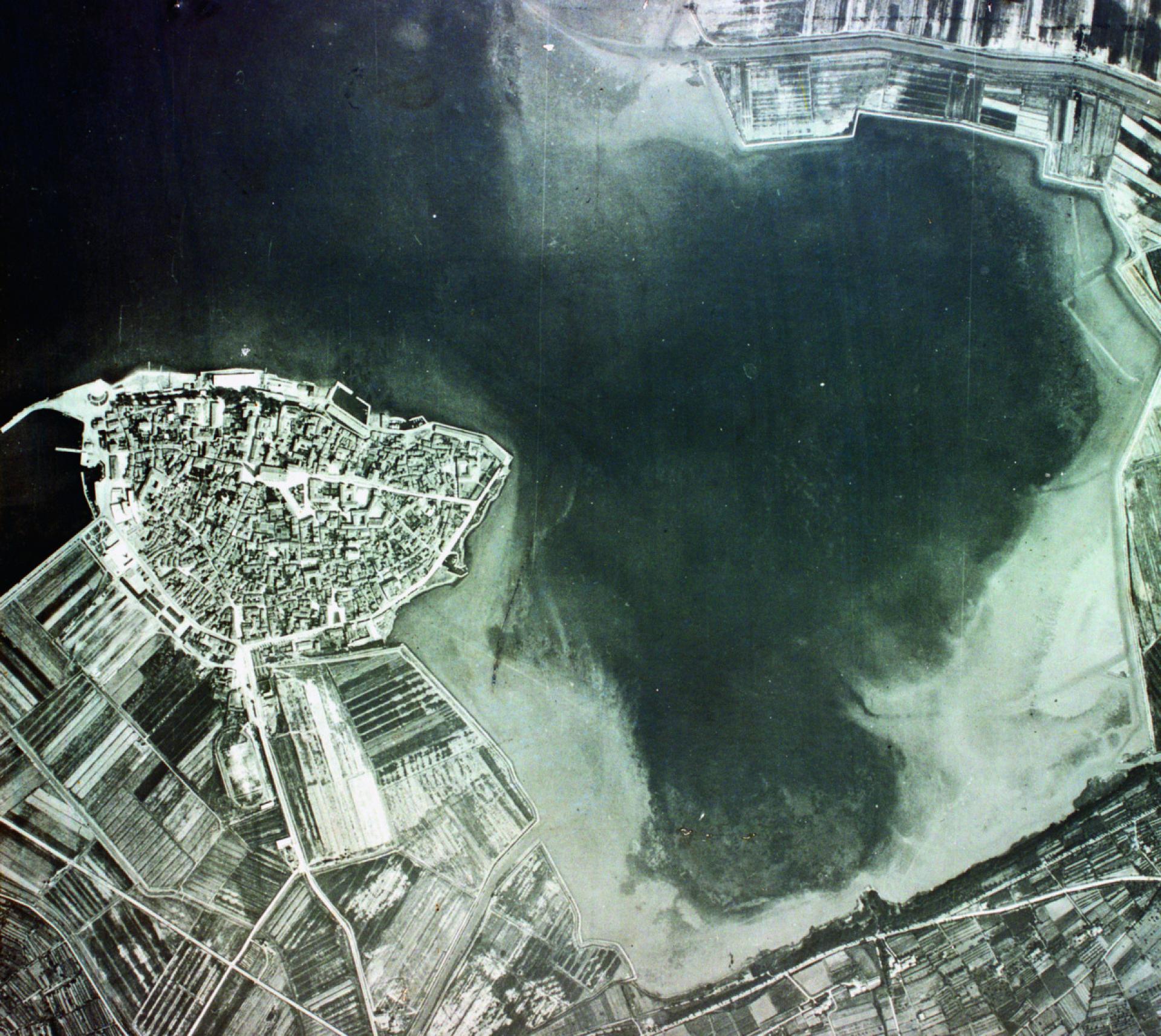
Koper before development of the Port, 1955. | Source Archive of Port of Koper
Examples of temporary use of empty spaces and staging of new city venues with content that is open to all city users will seek to create new urbanity based on inclusive social integration, social solidarity and ecological inclusion on the basis of participatory cooperation.
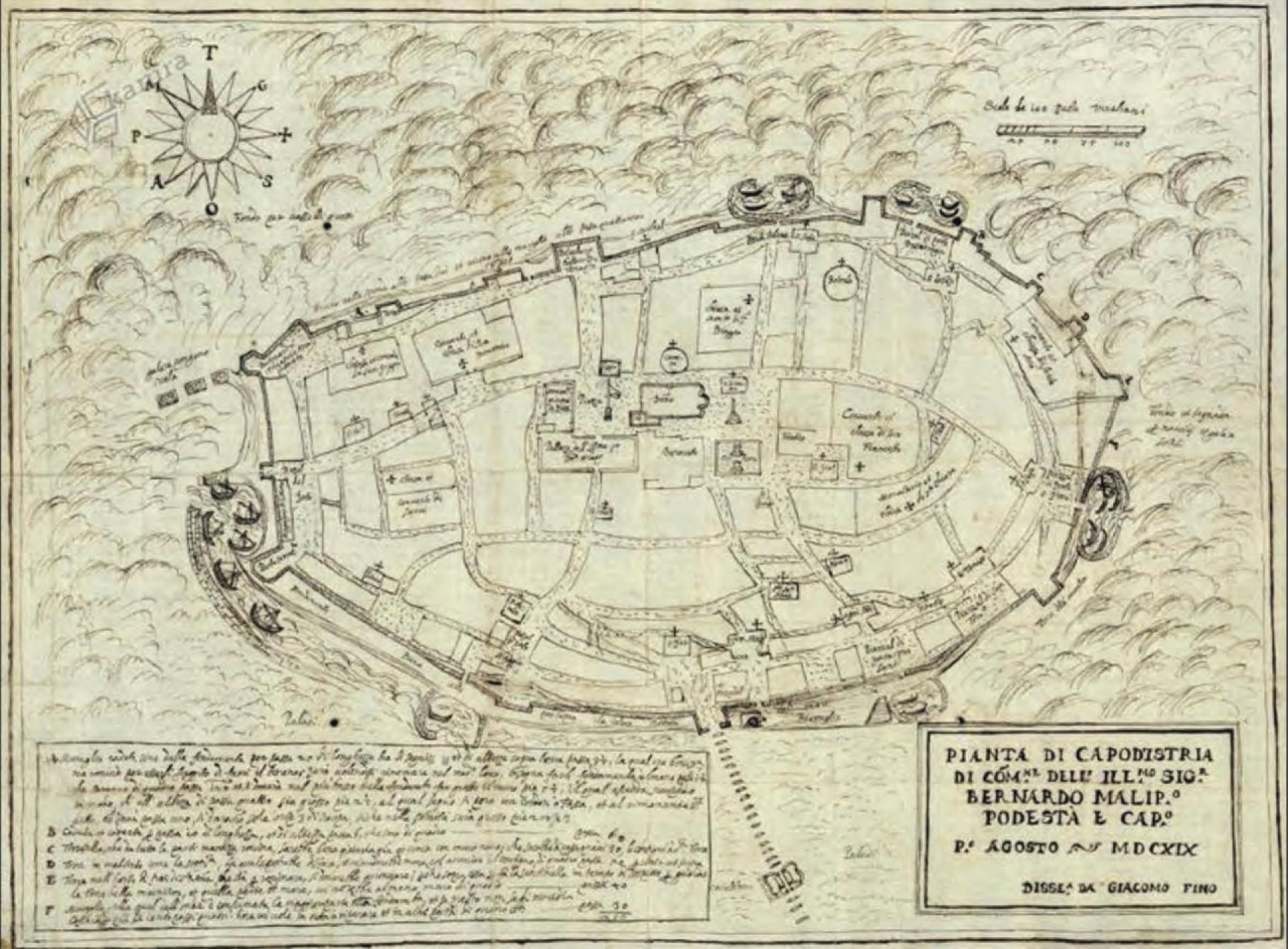
Plan of Giacomo Fino for Koper’s morphology, 1619. | Source HISTRIA
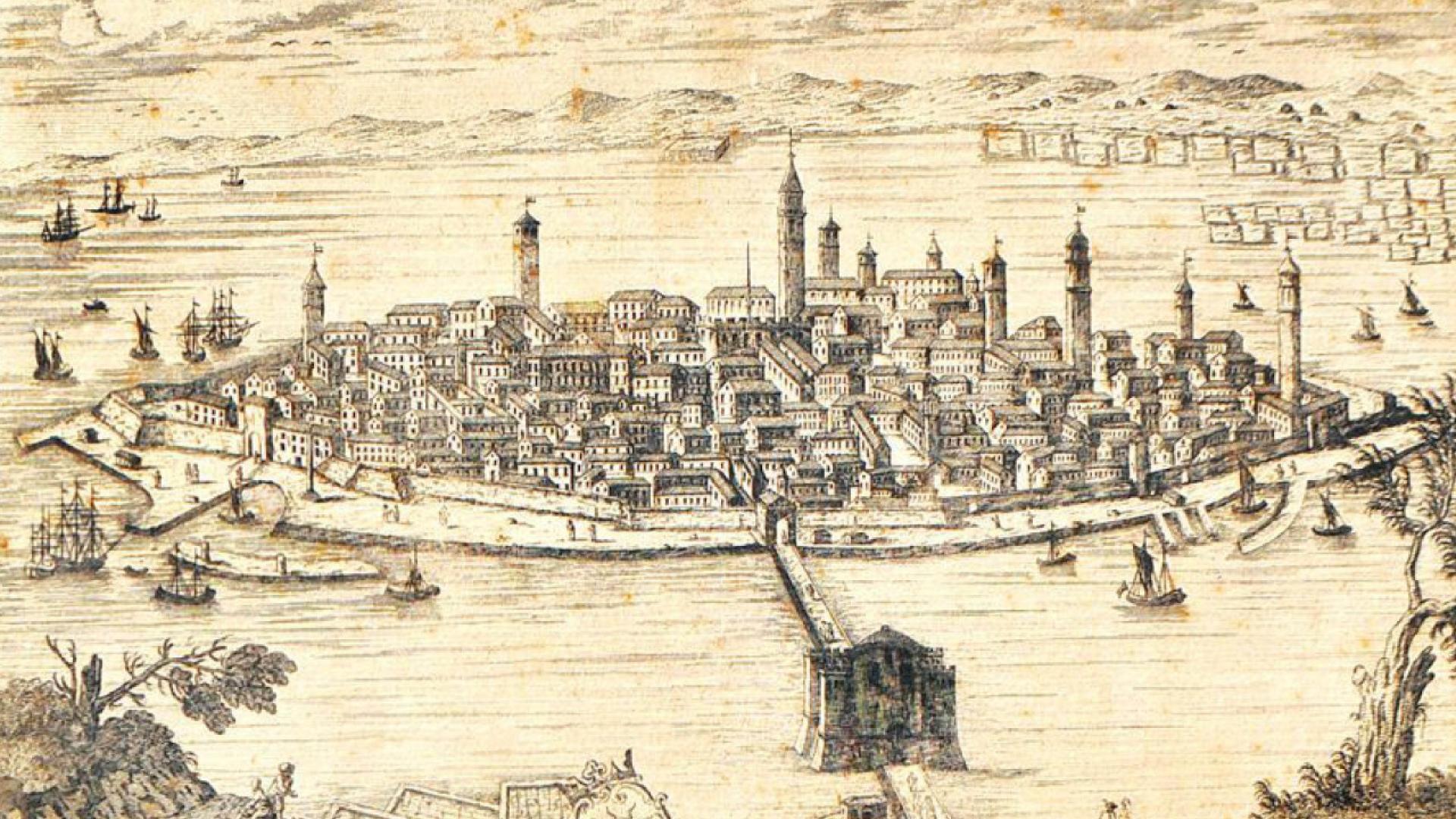
The island of Koper from 1781 drawing’ by Francesco del Pedro and Marco Sebastiano Giampiccoli, where are evident 52 churches, also described by Bernik (1968, 199). | Source Pokrajinski arhiv Koper, SI PAK KP 344, t. e. 1.
The research work will be based on an analysis (with the aim of understanding) of the current situation in Koper. Participants will have the opportunity to discuss in open public platforms through contextual interviews with various interested publics, and later through methodological processes of inclusive social design to develop potential concepts including urban and architectural planning. This can serve the Municipality of Koper as a basis for the municipal spatial plan. Based on a well-thought-out and in-depth realized process, a new vocabulary will be defined for residents, spatial users and policy makers in order to create a common language for spatial development.

Mihevc’ study for the urban development project of Koper in 1961. | Source N. Čebron Lipovec (2012)

The development of the silhouette of Koper. | Source Guček (2000)
The first summer school will introduce the topic of water recuperation, the promotion of organic food production methods and the creation of a connected community. It will enable participants to both understand and apply new strategies to shape the participatory process and inclusive lifestyles in cities throughout the post-COVID period.
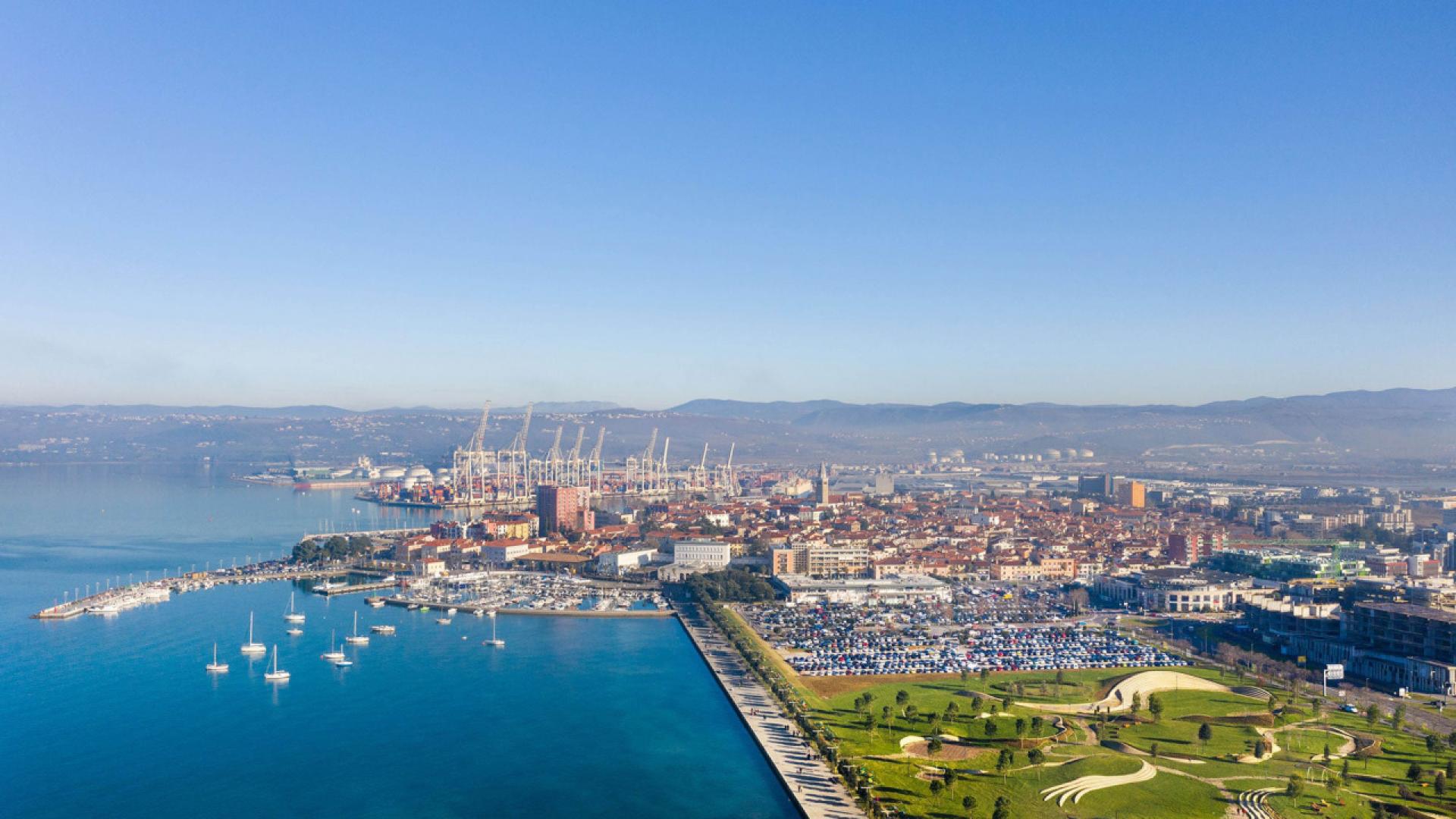
A view on the historical city centre with a new city’s park and parking on the left, an unfinished complex on the right and the port behind. | Photo © Enota
In addition to the listed activities in the new center of culture Libertas, we created a series of events for the upcoming months. From the iconic Kiosk K-67 relocated in Koper for a special collaboration between Obalne Galerije Piran and Avtomatik Delovišče, to the BankArt project space of VUO program by University of Primorska, Faculty of Education. In order to produce and share the knowledge, content analysis and results will be disseminated through various media: Primorske novice in the monthly Prostorska frka, Radio Koper Koperiskop and WELTRAUM radio show on Indepented Coastal Radio NOR.

Temporary use of the unfinished complex Solis. | Photomontage © Bugarič
In parallel, the urban acupuncture table for the future will be tested for the community. The table will be a stage to address the audience, while participants will share food, exchange informal ideas and open new cultural dialogues. The table is also an infrastructure where the production and distribution of food is celebrated, which is an introduction of an ecologically more conscious community.
With the international summer school, participants will gain experience in working in interdisciplinary teams and learn about ways to develop social innovations. In other words, participants will learn skills that will help them become agents of change and better team players in interdisciplinary groups while working on projects with tangible social effects. Therefore, the curriculum systematically focuses on improving the soft skills of the participants, presenting them with the best work methodologies through both theory and practice.

Tomos Skyscraper before the renovation. | Photo © Boštjan Bugarič
As an answer to growing economic and social problems in all their complexity can only be a comprehensive and multidisciplinary intertwined solution that grows out of cooperation and interdisciplinary participation.
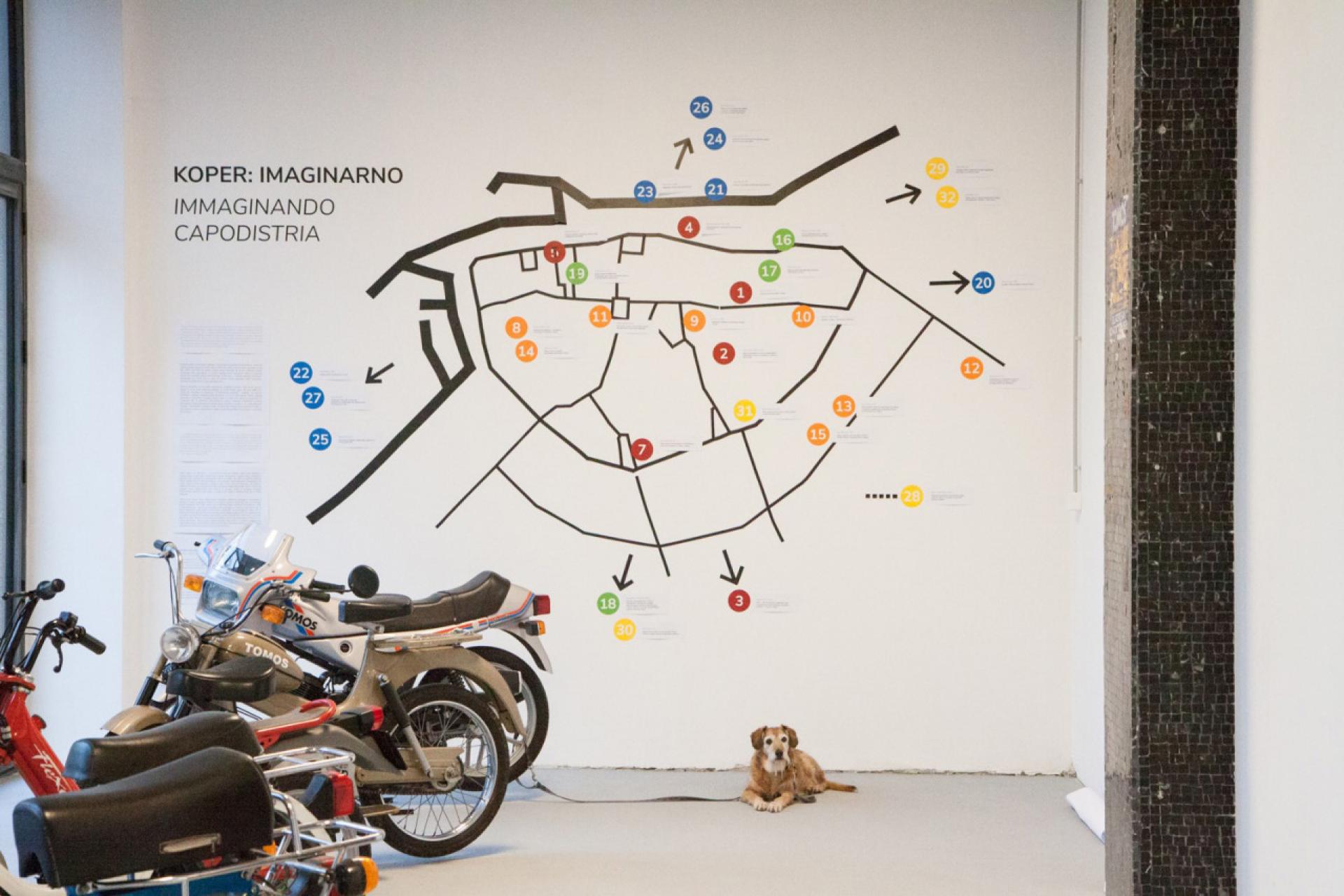
Exhibition at the temporary use in Tomos Skyscraper. | Photo © Natalija Gajić
UAU! (Urban Activation Unit) Temporary Utopia aims at reaching and being reached by a truly global audience, overcoming geographical and cultural differences, in order to contribute to finding possible answers to some of the relevant urban issues of the present times.
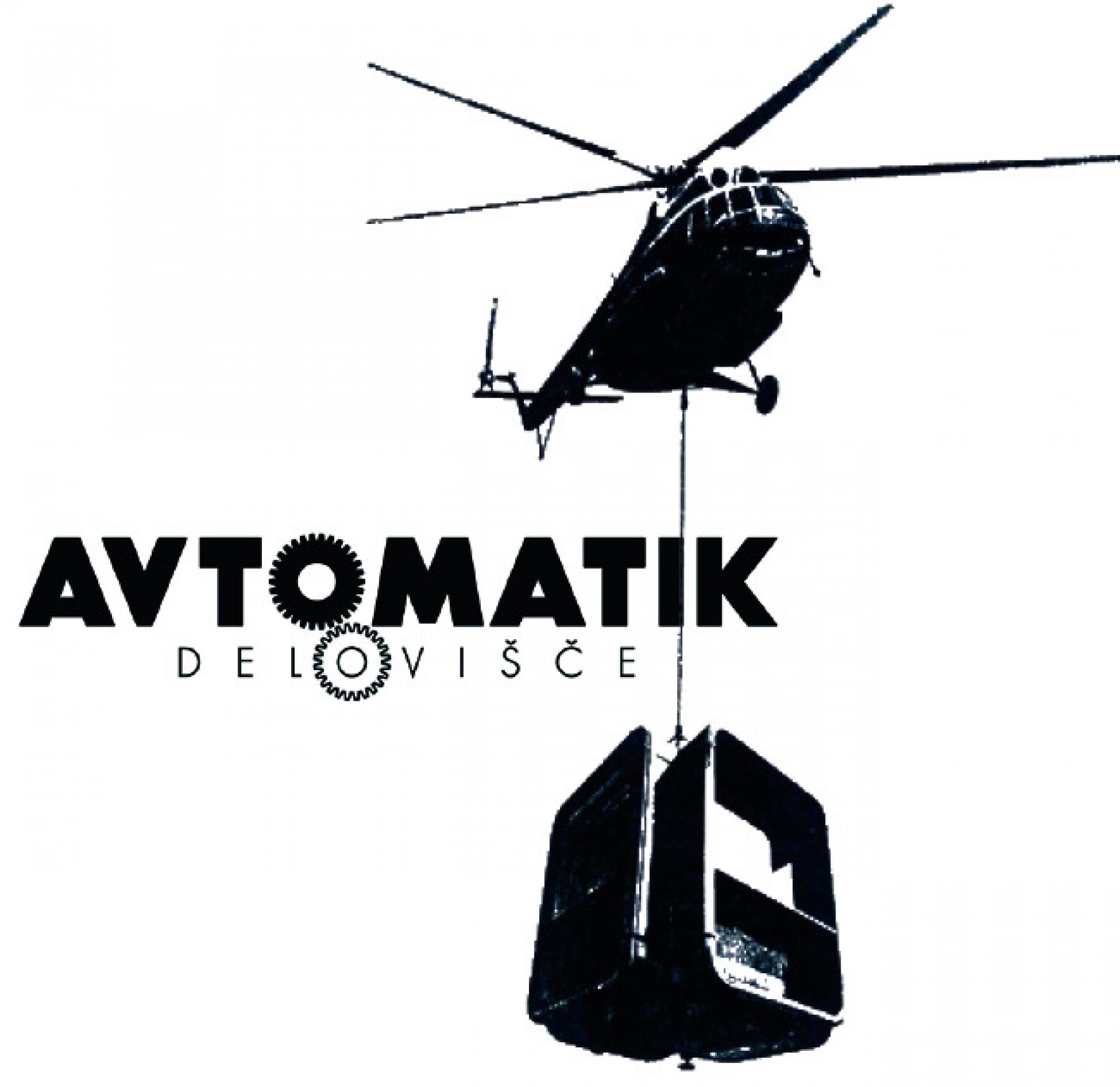
We believe ‘everything is architecture’ and consider the latter as one of the last remaining humanistic activities, in which one can read the traces of many subjects, processes and compromises. The architectural project can still be considered as the convergence point of many different knowledge which must find a balance in order for it to be realized. Temporary Utopia is born from our interest in those alternative forms of pedagogy, capable of collecting and interpreting the many signals coming from communities around the world, asking for more just and accessible spaces and cities where everyone feels welcome and that everyone can equally call his/her own.
We aim at using collective intelligence and mutual exchange through design, in order to amplify people’s voices beyond ordinary borders, thanks to an educational program that is as complex and fun as it is solid and coherent. In said process, both listening before acting and having fun while doing is essential. By consequence we consider any design form as necessarily suspended between sustainable play and achievable dream, that’s why we believe in utopias as essential in order to rediscover the pleasure of architecture, outside academies.